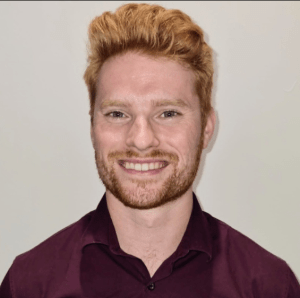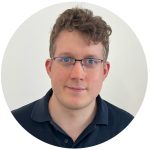Why did you choose the Bristol Composites Institute for your studies?
It offered a unique ability to spend 6 months getting to know the subject area and building a relationship with a supervisor before committing to a full-length PhD study. I was the second year of the full BCI (then ACCIS) wing being open, and the whole department felt like it had an upward trajectory and expanding resources to get interesting work done.
What research area did you specialise in whilst you were here?
‘Automated layup or prepreg components’. I studied the manual layup process in detail, broke it down into achievable sub-tasks and then replicated them using a 6-axis robot. If you’re interested, a video can be found here. 
After leaving the BCI where did you go?
After my PhD I worked as a post doc for 5 years working on numerous robotic layup variations, including Human-Robotic collaborations. I also worked on developing my teaching capabilities, delivering regular lecturers and seminars. I then moved on to the National Composites Centre, along with lots of other BCI Alumni.
What are you currently working on and what do your future plans look like?
I’m currently working on a large European project aiming to reduce defects in Wind Turbine manufacturing. This is done by sensorising the infusion and using machine learning to control to infusion, for more information see www.Turboproject.eu. Alongside this I work on numerous aerospace and defence projects, covering prepreg and Infusion and RTM manufacturing techniques. I’m hoping to pick up more lower TRL level work, and I have recently had interest into further developing my PhD work into a viable industrial process.
How did the BCI prepare you for work outside of academia?
The technical skills and knowledge I developed at the BCI have been very useful, I can drop into most projects and have a good understanding of the technology, ranging from Infusion simulations to Robot programming. Some PhD schemes can be very focused on a single field, but being in the BCI surrounded by other work and frequent dissemination activities gave me a much broader understanding of composites. The BCI has always helped develop the presentation techniques of students and these skills have been very useful in my current role, in meetings, workshops and customer presentations.










